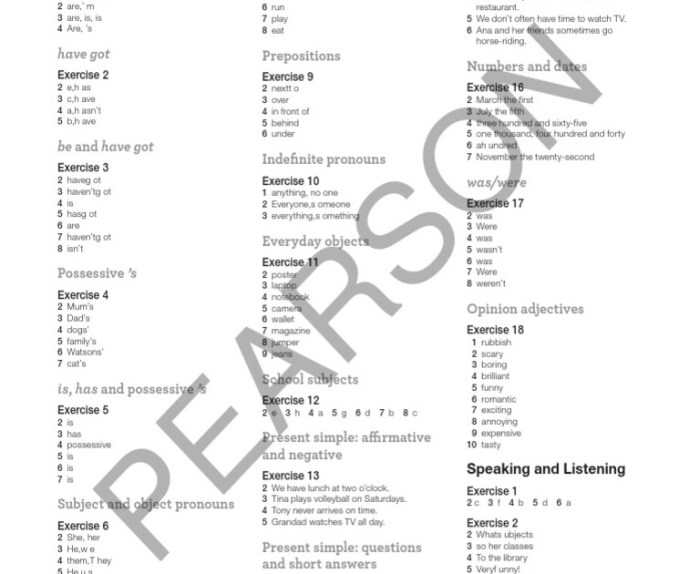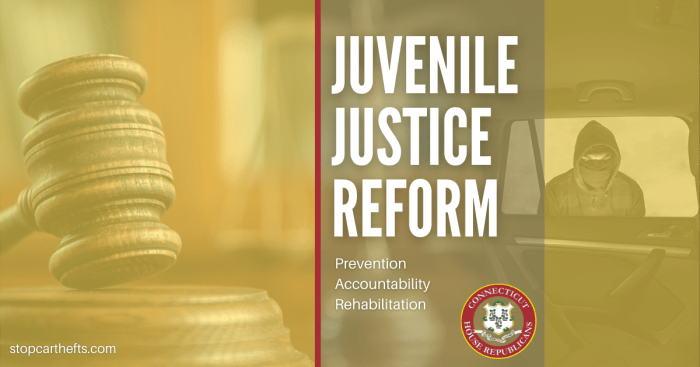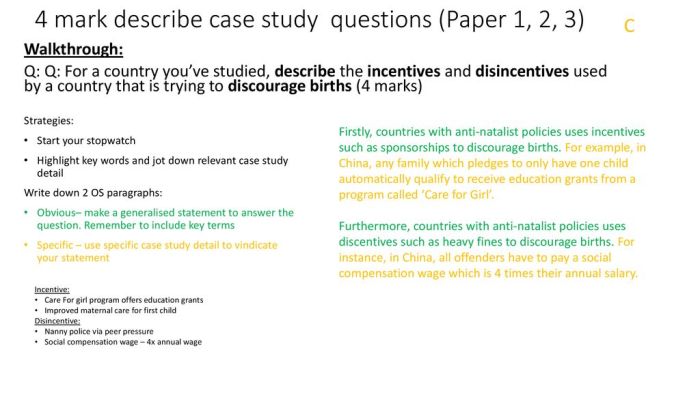The juvenile justice commonlit answer key provides a comprehensive guide to the fundamental concepts, processes, and challenges within the juvenile justice system. This key serves as an invaluable resource for understanding the complexities of juvenile justice, its goals, and the various stakeholders involved.
Delving into the key concepts of juvenile delinquency and status offenses, this guide elucidates the distinctions between the juvenile and adult justice systems. It explores the unique goals of juvenile justice, emphasizing rehabilitation, diversion, and the protection of youth.
1. Introduction

Juvenile justice is the system of laws, courts, and agencies that deal with juvenile offenders. It is a separate system from the adult justice system, and it has its own unique goals and procedures. Understanding juvenile justice is important because it can help us to prevent juvenile delinquency, to rehabilitate juvenile offenders, and to protect the public from juvenile crime.
2. Key Concepts in Juvenile Justice: Juvenile Justice Commonlit Answer Key
Definition of Juvenile Delinquency and Status Offense
Juvenile delinquency is a term used to describe criminal behavior committed by a minor. Status offenses are non-criminal acts that are only illegal for minors to commit, such as running away from home or truancy.
Difference Between the Juvenile and Adult Justice Systems, Juvenile justice commonlit answer key
The juvenile justice system is different from the adult justice system in several ways. First, juvenile offenders are typically treated less harshly than adult offenders. Second, juvenile offenders are more likely to be rehabilitated than adult offenders. Third, juvenile offenders are more likely to be given a second chance.
Goals of Juvenile Justice
The goals of juvenile justice are to:
- Prevent juvenile delinquency
- Rehabilitate juvenile offenders
- Protect the public from juvenile crime
3. The Juvenile Justice Process
Steps Involved in the Juvenile Justice Process
The juvenile justice process begins when a juvenile is arrested for a crime. The juvenile is then taken to a juvenile detention center, where he or she will be held until a hearing can be held. At the hearing, the juvenile will be represented by an attorney and will have the opportunity to enter a plea.
If the juvenile pleads guilty, he or she will be sentenced by the judge. If the juvenile pleads not guilty, a trial will be held.
Role of Different Stakeholders
The juvenile justice process involves a number of different stakeholders, including:
- Law enforcement officers
- Probation officers
- Judges
Types of Sanctions
The juvenile justice system can impose a variety of sanctions on juvenile offenders, including:
- Probation
- Community service
- Detention
- Incarceration
4. Challenges and Issues in Juvenile Justice

Challenges Facing the Juvenile Justice System
The juvenile justice system faces a number of challenges, including:
- The increasing number of juvenile offenders
- The lack of resources to provide effective treatment and rehabilitation for juvenile offenders
- The disproportionate impact of the juvenile justice system on minority youth
Impact of Race, Socioeconomic Status, and Other Factors
Race, socioeconomic status, and other factors can have a significant impact on juvenile justice outcomes. For example, minority youth are more likely to be arrested, convicted, and incarcerated than white youth. Similarly, youth from low-income families are more likely to be arrested, convicted, and incarcerated than youth from high-income families.
Need for Reform in the Juvenile Justice System
The juvenile justice system is in need of reform. Reforms are needed to address the challenges facing the system and to ensure that all juvenile offenders are treated fairly and justly.
5. Resources for Juvenile Justice

Organizations
- National Juvenile Justice Network
- American Bar Association Center on Children and the Law
- Juvenile Law Center
Websites
- National Juvenile Justice Network: https://www.njjn.org/
- American Bar Association Center on Children and the Law: https://www.americanbar.org/groups/child_law/
- Juvenile Law Center: https://www.juvenilelaw.org/
Publications
- Juvenile Justice Journal
- National Juvenile Justice Network Bulletin
- American Bar Association Center on Children and the Law Newsletter
Essential Questionnaire
What is the primary goal of juvenile justice?
The primary goal of juvenile justice is to rehabilitate and guide youth towards positive development, while ensuring public safety.
How does the juvenile justice system differ from the adult justice system?
The juvenile justice system places a greater emphasis on rehabilitation, confidentiality, and diversion programs, recognizing the unique developmental needs of youth.
What are the key challenges facing the juvenile justice system?
The juvenile justice system faces challenges such as racial disparities, socioeconomic inequalities, and the need for effective rehabilitation programs.
